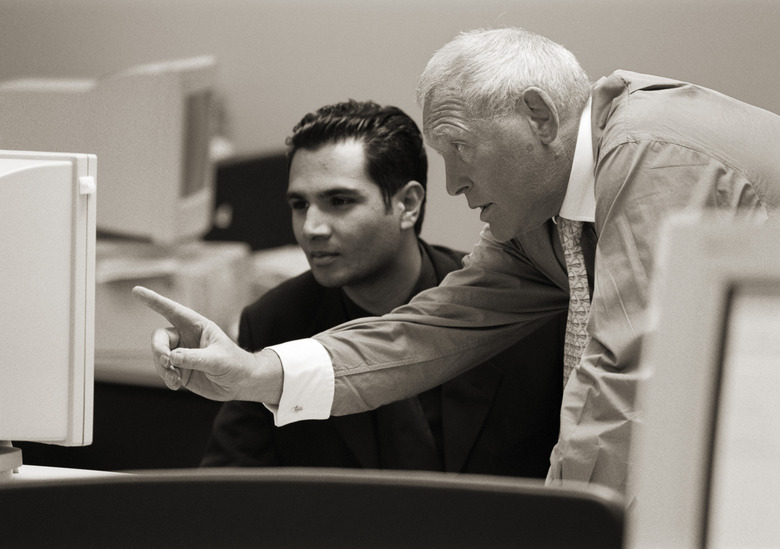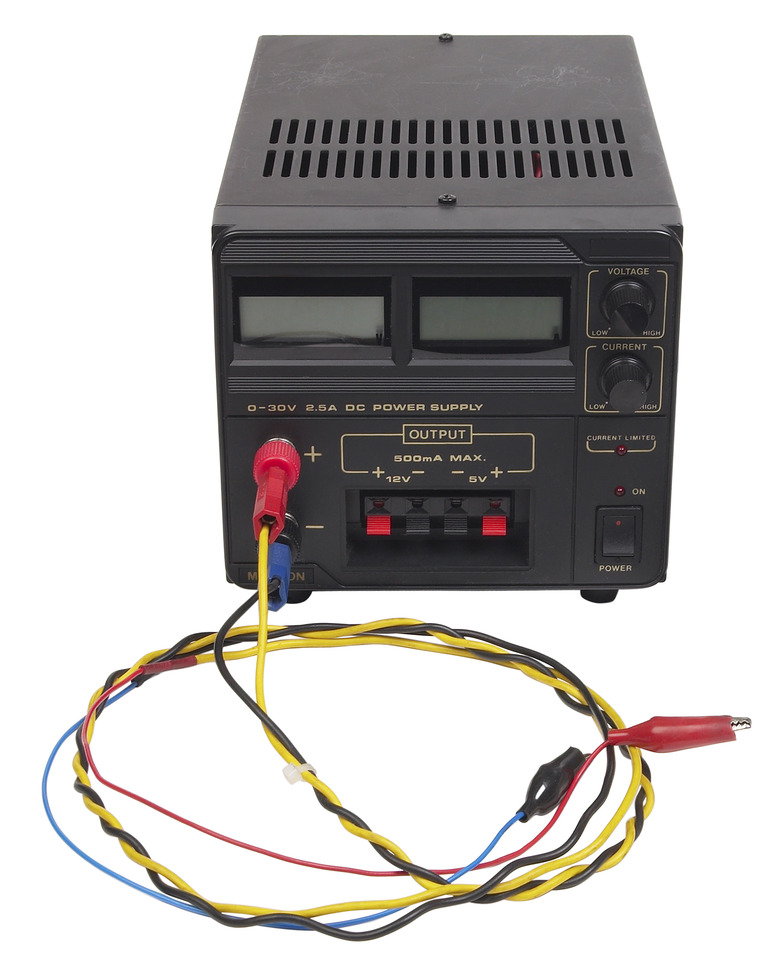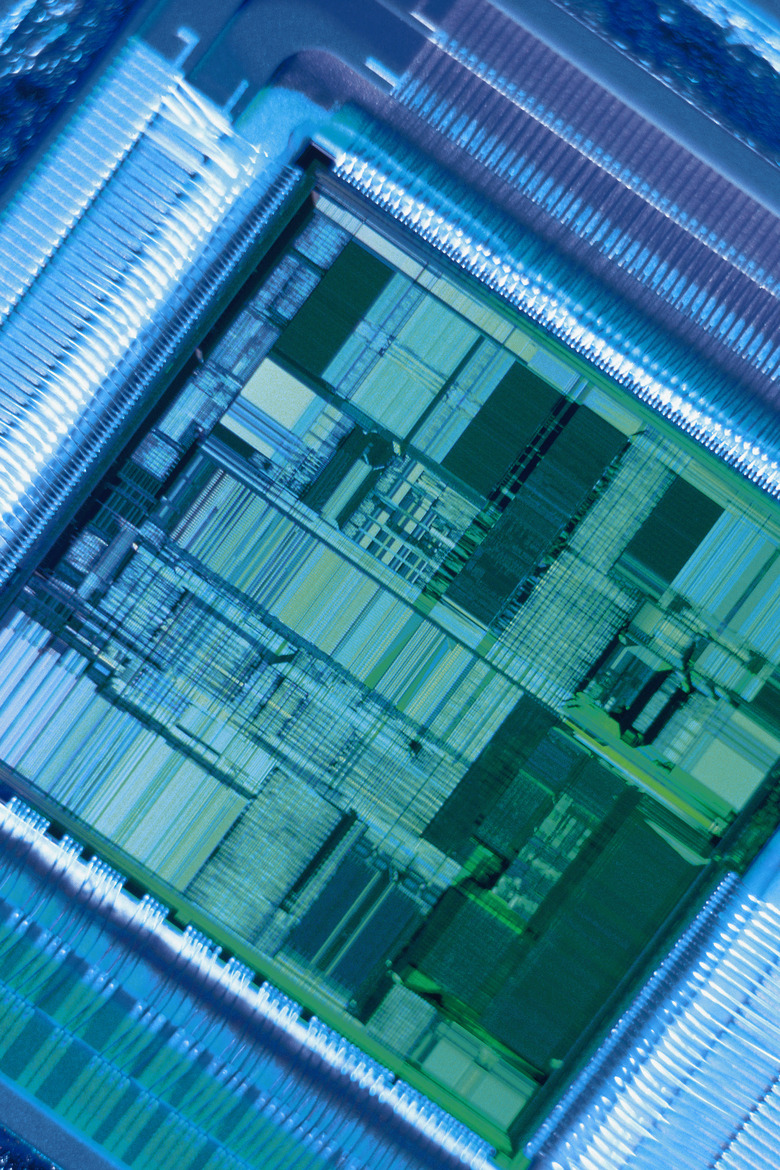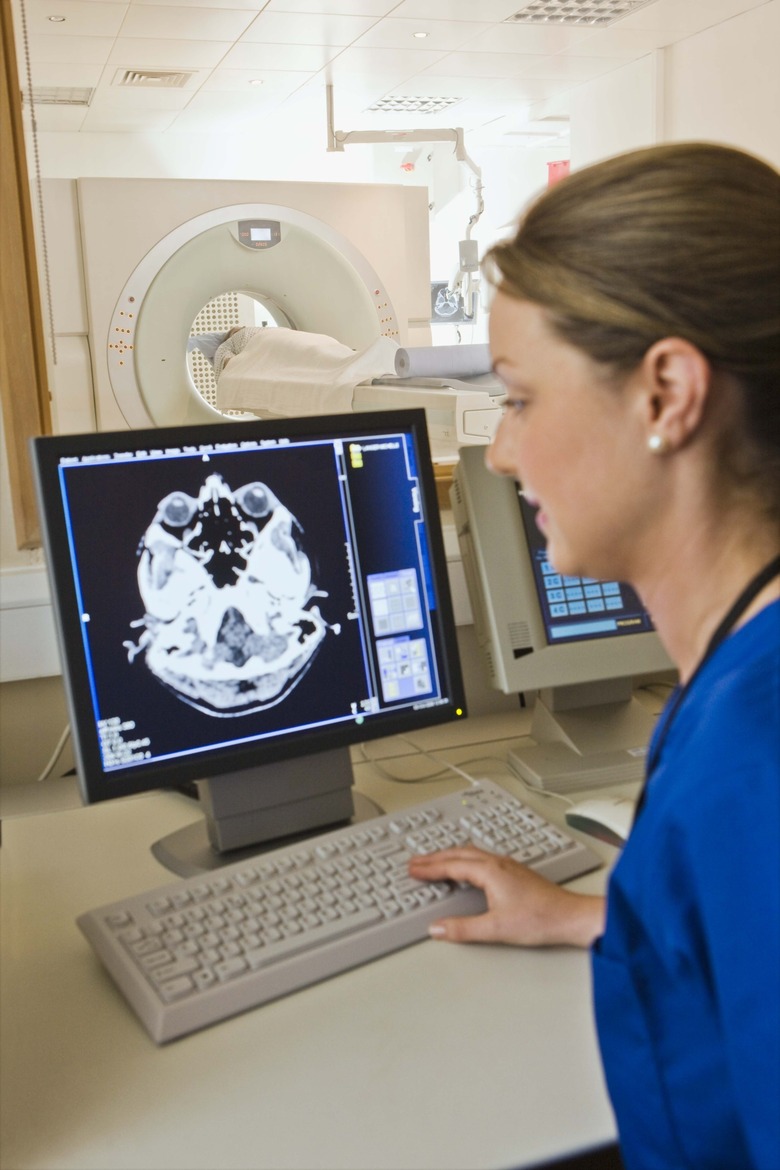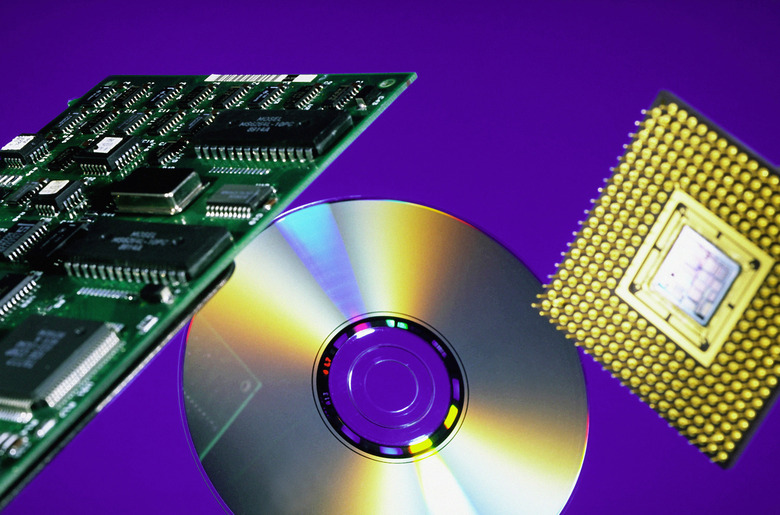A List Of The Steps In The Information Processing Cycle
The information processing cycle, in the context of computers and computer processing, has four stages: input, processing, output and storage (IPOS). However, at some levels within a computer, some processing devices actually only use three of these stages — input, processing and output — without the need to store data. Each of these stages plays an important role in the collection, analysis and distribution actions performed by a computer system.
Input Processing
Input Processing
Data must enter a system before it can be processed into either stored data or information output. The input stage of IPOS provides the means and mechanisms through which data enters the IPOS model. Some experts believe the input process itself could be divided into as many as three stages: collection, preparation and input. However, the general view of the input stage is that data is input into a system using some form of an input device.
An input device is able to collect data at its source or point of measurement. The source of data entered into the system by a human is through a keyboard, microphone or perhaps even the movement of eyes or another body part. Other forms of input devices, such as thermometers, sensors and clocks, also meet the general definition of input devices. The input stage of IPOS could also be referred to as the encoding stage.
Data Processing
Data Processing
Once data enters the IPOS model, it is processed into either stored data or information. The processing agent is typically some form of software or firmware, with a specific action taken on a particular type of data. In a portable or desktop computer, it is common for the processing agent to be active even before the data enters. In fact, it is also common for the processing software to request data and guide its input process.
Processing can range from relatively small and simple to very large and complex. Regardless, the sole purpose of the processing stage is to convert the raw input data into a form that can be stored for later use or provide information output for further processing or interpretation.
Output Processing
Output Processing
Output processing in IPOS sends information to a display screen, a printer, a plotter, a speaker or some other medium that human senses can interpret. However, the output stage could store the data in a new format or transform the processed data into an input to another IPOS module as well. For most users, output means either a display on a monitor screen or a printed document or graphic. Output can also mean data, information or coding.
Storage Processing
Storage Processing
The storage stage of IPOS can occur directly from or to the processing or the output stages. The storage stage can serve as a pseudo-input or pseudo-output stage for the processing stage. The processing stage may need to store data for later use or recall previously stored data for processing new data from the input stage. The output stage may store processed data as information for display by another IPOS module when needed. The storage stage does not only store data or information on a fixed storage medium, such as a hard disk, but can also store data and information on removable media, such as a flash drive, CD-ROM or DVD.
Cite This Article
MLA
Price, Ron. "A List Of The Steps In The Information Processing Cycle" sciencing.com, https://www.sciencing.com/info-10014979-list-steps-information-processing-cycle/. 9 January 2018.
APA
Price, Ron. (2018, January 9). A List Of The Steps In The Information Processing Cycle. sciencing.com. Retrieved from https://www.sciencing.com/info-10014979-list-steps-information-processing-cycle/
Chicago
Price, Ron. A List Of The Steps In The Information Processing Cycle last modified March 24, 2022. https://www.sciencing.com/info-10014979-list-steps-information-processing-cycle/
